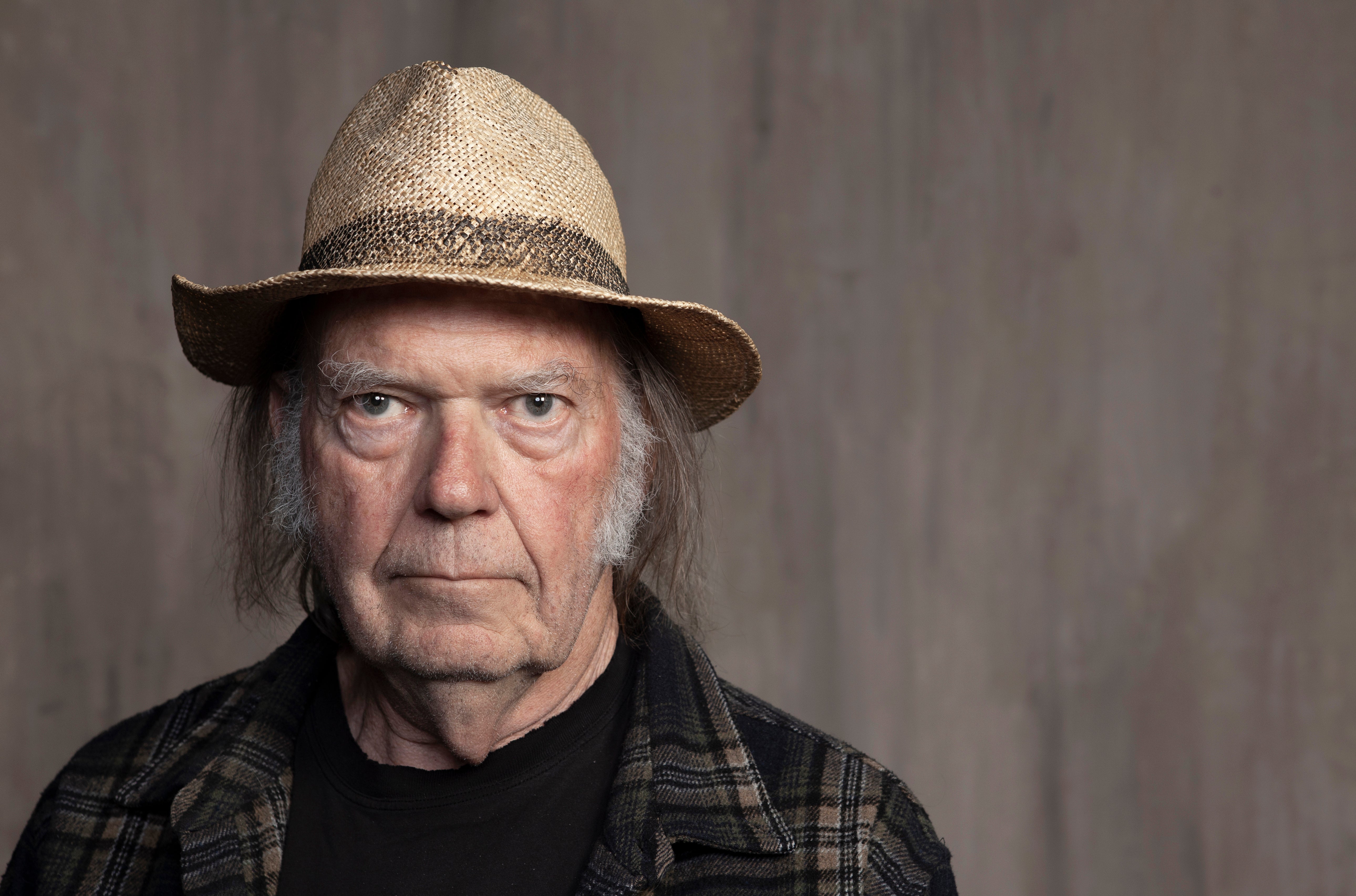Neil Young rebuilds a Rockies barn and reunites Crazy Horse
Neil Young had a barn rebuilt in the Rockies and used it to reunite with his old backing band Crazy Horse

Your support helps us to tell the story
From reproductive rights to climate change to Big Tech, The Independent is on the ground when the story is developing. Whether it's investigating the financials of Elon Musk's pro-Trump PAC or producing our latest documentary, 'The A Word', which shines a light on the American women fighting for reproductive rights, we know how important it is to parse out the facts from the messaging.
At such a critical moment in US history, we need reporters on the ground. Your donation allows us to keep sending journalists to speak to both sides of the story.
The Independent is trusted by Americans across the entire political spectrum. And unlike many other quality news outlets, we choose not to lock Americans out of our reporting and analysis with paywalls. We believe quality journalism should be available to everyone, paid for by those who can afford it.
Your support makes all the difference.A horse needs a barn.
Neil Young didn’t rebuild a log barn from the 1850s that was falling into the ground in the Colorado Rockies just so he could make an album in it with Crazy Horse, his frequent collaborators for more than 50 years, but that was a big part of the inspiration.
“We got some people to restore it back to the original greatness, with ponderosa pines, it’s just beautiful, just a beautiful building,” Young told The Associated Press via Zoom from the property there that he shares with wife Daryl Hannah “I felt like it was going to be a great place to make music.”
The space was so significant to the process that “Barn” became the name of both the album and a companion documentary, directed by Hannah, being released Friday.
It was also an ideal spot for Young to cautiously reunite with drummer Ralph Molina, bassist Billy Talbot and multi-instrumentalist Nils Lofgren.
“It’s remote,” Young said. “With the pandemic and everything we felt like we could get everybody there safely and have everybody vaccinated and pure.”
Crazy Horse has always taken Young, now 76, to remote places musically too. He says they still provide the same “cosmic vibe” they did on 1969's “Everybody Knows This Is Nowhere,” 1975's “Zuma,” 1979's “Rust Never Sleeps” and 1990's “Ragged Glory.”
“It’s just a place where we get to that I don’t get with anybody else, with Crazy Horse’s ability to jam and the ability to carry on and keep going with not a care in the world,” Young said. “They are as happy to play a song for 20 minutes as they are for three minutes.”
A “barn” is normally musicians’ shorthand for a cold, cavernous room. But this one brought only audial warmth.
“It sounds like God because there’s no square to it, it has no standing waves, because it’s all the insides of these big logs one on top of another,” Young said. “It’s a bunch of round surfaces. From an acoustic standpoint, it’s flawless.”
They built a stage inside and played in their live-and-loose style to a recording truck known as Le Mobile, where engineer Guy Charbonneau and producer Niko Bolas sat parked outside.
“It had just been converted to digital. We took all the digital stuff out and put the analog back in," he said with a smile.
Beyond barn-raising, Young stayed busy during the coronavirus pandemic, writing all nine songs for the album and assembling the next wave of recordings for release through his archives website.
“There were no distractions," he said. "And we didn’t have any superfluous jobs to do, none of the trappings of keeping everything going and keeping touring, all that all went away. It was fine with me. I have so much to do.”
Volume three of the career-spanning archives, covering a period in the mid-1970s, was collected with an assist from fans who write in with their memories of his music, at times pointing him to things he didn't remember existed.
“It’s really a beautiful piece of work, all of the songs that made me feel so good to hear, and things that I’ve never heard in my life that we’ve uncovered,” Young said. “There’s a Crazy Horse record, a live Crazy Horse performance that opens up volume three, which I think is the best thing ever recorded with Crazy Horse.”
Hannah's film patiently lets the album process play out, with slow gazes of the barn at sunset, a pair of dogs lazing outside, and long shots of the band's jams unfolding.
“I’m very lucky," Young said of Hannah. "She’s the other side of everything. We create it and turn around and we see what she saw when we were creating.”
The album has songs celebrating love, memory, and old friends, but it's darkened by the state of a world that stokes Young's sadness and anger.
The pandemic feels present on the long signature song, “Welcome Back.”
“For the world has closed us in but we must allow for changes to be made,” Young sings. “Welcome back, welcome back, it’s not the same. The shade is just you blinking.”
His anger over lethargic global action on climate change is felt on “Human Race,” in which he sings of “children of the fires and floods today’s people have left behind.”
“It pisses me off that we’re not doing as much and that we’re so distracted,” he said. “We’re losing track of what we’re supposed to be doing. I guess, you know, the Earth is challenged if we want to have a place for our children, for our grandchildren, we better get our stuff together.”
He sighed and said "the best thing I can do is create art or music or something that gives people a place to go.”
___
Follow AP Entertainment Writer Andrew Dalton on Twitter: https://twitter.com/andyjamesdalton